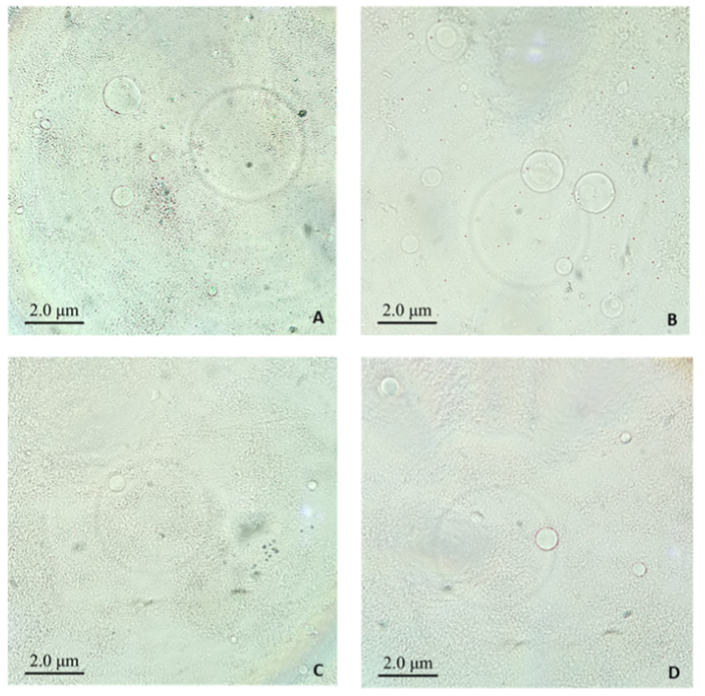VOLUME 14 (Supplement)

SciEnggJ. 2021 14 (Supplement) 047-051
available online: November 07, 2021
*Corresponding author
Email Address: jdyason@up.edu.ph
Date received: October 1, 2021
Date revised: October 19, 2021
Date accepted: October 21, 2021
ARTICLE
Influence of Blastocystis on the Growth of a Representative Gut Bacterium
University of the Philippines Diliman, Quezon City 1101, Philippines
2Natural Sciences Research Institute, University of the Philippines Diliman,
Quezon City 1101, Philippines
3Department of Biology, Institute of Arts and Sciences,
Far Eastern University, City of Manila 1015, Philippines
Blastocystis a commonly encountered single-celled eukaryotic protozoan found in both humans and animals. This protozoan is historically classified as a parasite as it is sometimes encountered in patients with dysbiosis. Although this association may be true, healthy individuals harboring Blastocystis often have no symptoms of dysbiosis and are even observed to carry more diverse gut microbiota. This study aimed to explore the growth interactions of specific Blastocystis subtypes (ST), namely ST1, ST2, ST3, and ST7, with a representative gut bacterium, Escherichia coli, by means of co-incubation and co-culturing. Blastocystis growth was monitored by obtaining cell counts through hemocytometry where co-incubated cultures were compared against singly incubated Blastocystis cells. E. coli growth was monitored using the drop plate assay to obtain a large number of observed colony forming units (CFU). Results from the experiments show that ST2 and ST3 significantly increased in number after co-incubation (P = 0.0123, P = 0.0279, respectively). It was also observed that the number of CFU produced by E. coli significantly increased when co-cultured with all tested Blastocystis subtypes (P = 0.0300, P = 0.0080, P = 0.0076, P = 0.0002 for ST1, 2, 3, and 7, respectively). The findings of this study may be used to investigate mechanisms of the observed microbial interactions and to understand the significance of eukaryotic gut microbiota.
© 2024 SciEnggJ
Philippine-American Academy of Science and Engineering